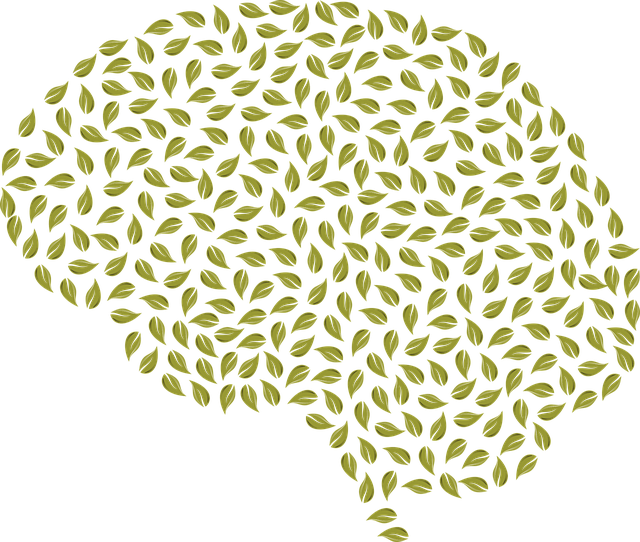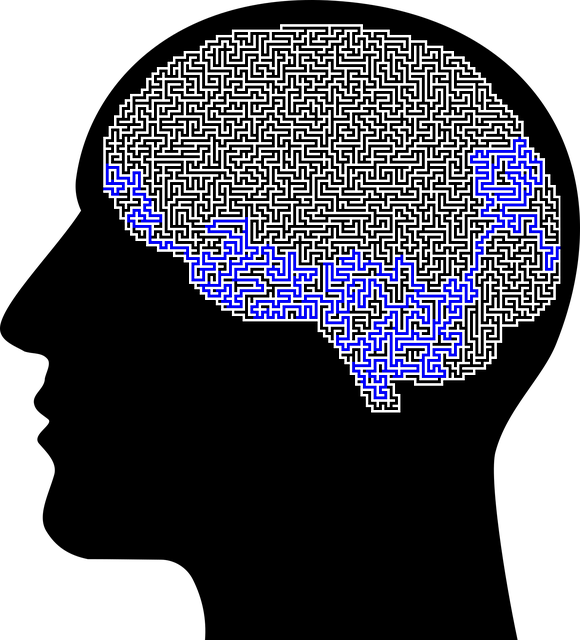Mental wellness programs, including Parker Neuro Disorders Therapy (PNDT), integrate evidence-based techniques like therapy, journaling, and conflict resolution to promote emotional resilience and positive mindset shifts. Evaluation is key, using both subjective (self-report) and objective measures to assess program effectiveness. PNDT's holistic approach identifies neurodevelopmental factors through journaling exercises and trauma support services. Researchers can choose quantitative (surveys, stats) or qualitative (interviews, observations) methods, or combine both for a full understanding of program impact. Effective feedback loops, guided by emotional intelligence and crisis intervention, enable therapists to personalize interventions based on real-world insights, fostering resilience and enhanced mental wellness.
Mental wellness programs are gaining prominence, yet evaluating their effectiveness remains a complex task. This article explores comprehensive evaluation methods for mental wellness initiatives, focusing on strategies that measure impact and foster continuous improvement. We delve into the role of Parker Neuro Disorders Therapy in assessment, contrasting quantitative and qualitative approaches, and highlighting best practices. By understanding these methods, organizations can enhance their programs and better support individual well-being.
- Understanding Mental Wellness Programs and Their Impact
- Evaluation Methods: A Comprehensive Overview
- The Role of Parker Neuro Disorders Therapy in Assessment
- Quantitative vs Qualitative Approaches: Which is Best?
- Implementing Effective Feedback Loops for Continuous Improvement
Understanding Mental Wellness Programs and Their Impact

Mental wellness programs play a pivotal role in promoting overall well-being and addressing various aspects of an individual’s mental health. These programs are designed to provide support, guidance, and evidence-based strategies to enhance emotional resilience, coping mechanisms, and positive mindset shifts. At the core of many successful initiatives is a comprehensive approach that incorporates therapeutic techniques such as Parker Neuro Disorders Therapy, which targets specific mental health challenges. By combining professional therapy with practical tools, these programs empower individuals to take charge of their mental wellness journey.
The impact of well-structured mental wellness programs extends beyond immediate improvements in symptoms. They foster long-term emotional well-being promotion by teaching effective journaling exercises and conflict resolution techniques. Regular journaling can serve as a powerful Mental Wellness Journaling Exercise Guidance, allowing individuals to reflect on their thoughts, emotions, and experiences. Conflict resolution skills, when integrated into daily interactions, contribute to healthier relationships and reduced stress levels. These programs thus create a supportive environment where participants can learn, grow, and develop sustainable strategies for maintaining mental wellness in their everyday lives.
Evaluation Methods: A Comprehensive Overview

Evaluation methods play a pivotal role in understanding the effectiveness and impact of mental wellness programs. At their core, these methods serve as a bridge between intervention and outcome, providing valuable insights to enhance and tailor support for individuals’ unique needs. One comprehensive approach involves assessing both subjective experiences and objective measures. Subjective assessments, such as self-report questionnaires, offer firsthand accounts of an individual’s emotional state, stress levels, and overall well-being. These tools, akin to a window into the mind, help track progress and identify areas that require further attention, especially when coupled with qualitative feedback from participants.
For instance, the Parker Neuro Disorders Therapy model emphasizes the integration of self-care practices as a key component in managing anxiety relief and stress. By incorporating structured workshops focused on stress management, organizations can evaluate their programs’ impact through a combination of participant satisfaction surveys and measurable outcomes like reduced symptoms of anxiety or improved coping strategies. This dual-pronged evaluation method ensures a holistic understanding of the program’s success, informing future iterations to better serve those seeking mental wellness support.
The Role of Parker Neuro Disorders Therapy in Assessment

The Parker Neuro Disorders Therapy (PNDT) is a pioneering approach in mental wellness program evaluation, offering valuable insights into an individual’s emotional and psychological state. This therapy focuses on identifying and addressing underlying neurodevelopmental factors that often play a significant role in various mental health disorders. By employing a comprehensive assessment process, PNDT helps professionals gain a deeper understanding of clients’ challenges, including difficulties with emotional regulation—a key aspect of overall mental wellness.
One of the unique aspects of this therapy is its emphasis on Mental Wellness Journaling Exercises, which provide structured guidance for individuals to reflect on their experiences and emotions. This practice facilitates self-awareness, helping clients identify triggers and patterns in their lives. Additionally, PNDT incorporates Trauma Support Services, recognizing that many mental health concerns stem from traumatic events. Through specialized interventions, this approach ensures a holistic evaluation, addressing both the current symptoms and the potential roots of distress.
Quantitative vs Qualitative Approaches: Which is Best?

When evaluating mental wellness programs, researchers often grapple with choosing between quantitative and qualitative approaches. Quantitative methods, such as surveys and statistical analysis, offer objective data and allow for large-scale comparisons. They’re excellent for measuring trends in mental health outcomes, like anxiety levels or depression symptoms, across different populations or interventions. For instance, a study using these methods could compare the effectiveness of Parker Neuro Disorders Therapy in reducing symptoms among various demographics.
Qualitative approaches, on the other hand, delve deeper into individuals’ experiences and perspectives. Methods like interviews, focus groups, and participant observations provide rich, nuanced insights into complex topics like mood management or compassion cultivation practices. They can uncover subtle effects, personal barriers to care, or unique cultural considerations that quantitative methods might miss. Integrating both approaches offers a comprehensive understanding of mental wellness programs by balancing statistical rigor with human-centric storytelling, as evidenced in Mental Health Policy Analysis and Advocacy discussions.
Implementing Effective Feedback Loops for Continuous Improvement

Implementing effective feedback loops is paramount for evaluating and enhancing mental wellness programs, such as those offered by Parker Neuro Disorders Therapy. By fostering open communication channels, program participants can provide valuable insights into their experiences, highlighting strengths and areas needing improvement. This two-way dialogue allows therapists to adjust strategies, tailor interventions, and incorporate best practices based on real-world feedback.
Integrating emotional intelligence and crisis intervention guidance within these feedback loops enhances the overall effectiveness of self-care practices. Recognizing individual emotions and challenges ensures that support is personalized and responsive. Through continuous improvement cycles, mental wellness programs can evolve to better serve their clients, ultimately fostering more robust and resilient individuals.
Mental wellness programs significantly impact individuals’ lives, and evaluating their effectiveness is crucial. The article has explored various evaluation methods, highlighting the importance of both quantitative and qualitative approaches. Parker Neuro Disorders Therapy emerges as a powerful tool in assessment, offering valuable insights into mental health treatment. By combining these techniques, professionals can foster continuous improvement, ensuring tailored and effective programs that enhance overall well-being. This comprehensive evaluation framework is key to advancing mental wellness initiatives.










